Advanced Acne Scar Treatment: Navigating Your Options for Clearer Skin
Acne is a common skin condition that affects people of all ages, often leaving behind a more challenging problem—acne scars. These scars can vary significantly in appearance, from raised scars to deep, sunken pits, making the treatment for acne scarring a multifaceted issue. Understanding the different types of acne scars and the best treatment options for each is essential in improving the appearance of your skin.

Types of Acne Scars and Their Treatment
Acne scars can be broadly classified into two categories: atrophic (depressed) scars and hypertrophic (raised) scars. Atrophic acne scars, such as ice pick scars, rolling scars, and boxcar scars, are caused by a loss of tissue, leading to indented marks on the skin's surface. These scars are often the result of severe acne, where the inflammation damages the skin's underlying structure.

- Ice Pick Scars: These deep, narrow scars resemble tiny holes in the skin, similar to wounds made by an ice pick. Due to their depth, they are challenging to treat. One type of treatment that can be effective for ice pick scars is punch excision, where the scar is surgically removed, and the wound is closed with stitches or a skin graft. Another option is chemical reconstruction of skin scars (CROSS), a technique that involves applying a chemical solution to the scar to stimulate collagen production and improve the skin's texture.
- Rolling Scars: These scars create a wave-like appearance on the skin's surface due to the fibrous bands that pull the epidermis down into the deeper layers of the skin. Laser treatment, particularly fractional laser therapy, can help break down these fibrous bands and stimulate new collagen production, making scars less noticeable. Additionally, skin needling or microneedling is another popular treatment that works by creating tiny injuries in the skin, promoting healing and reducing the depth of rolling scars.
- Boxcar Scars: Boxcar scars are broad, rectangular depressions with sharply defined edges. These scars can be more challenging to treat due to their wide surface area. Dermal fillers are often used to lift the depressed area, making the scars appear less prominent. Another option is laser resurfacing, which removes the top layer of skin to stimulate the growth of new, smoother skin.
Raised Acne Scars: Keloids and Hypertrophic Scars
On the other end of the spectrum are raised scars, including keloids and hypertrophic scars. Unlike atrophic scars, these occur due to an overproduction of collagen during the healing process, leading to thick, raised areas on the skin.
-
Keloid Scars: Keloids extend beyond the original boundary of the wound and can continue to grow even after the skin has healed. They are more common in people with darker skin types and can be particularly stubborn. Treatment options for keloid scars include steroid injections, which can help flatten the scar by reducing collagen production, and laser treatment, which can diminish the scar's appearance. In some cases, surgery may be necessary to remove the scar, although this comes with a risk of the keloid returning.
-
Hypertrophic Scars: These scars are similar to keloids but remain within the boundary of the original injury. They are often treated with similar methods, such as laser therapy and microdermabrasion, which help smooth the surface of the skin. Microdermabrasion, in particular, is effective at buffing away the top layer of skin, promoting a more even skin texture.
Pigmentation Issues: A Common Complication of Acne
In addition to these structural scars, many people with acne also develop pigmentation issues such as hyperpigmentation (dark spots), hypopigmentation (light spots), and erythema (redness). These conditions can make the skin appear uneven and exacerbate the appearance of acne scars.
-
Hyperpigmentation: Dark spots often develop after acne lesions have healed, particularly in people with darker skin tones. Topical treatments like hydroquinone and retinoids can be effective in lightening these spots. Additionally, certain types of laser treatments, such as intense pulsed light (IPL) therapy, can target and break down the pigment in the skin, reducing the appearance of dark spots.
-
Hypopigmentation: This condition occurs when the skin loses its pigment in certain areas, resulting in lighter patches. While it is more challenging to treat than hyperpigmentation, some treatment options include laser therapy and microdermabrasion, which can help even out skin tone by promoting new skin cell growth.
-
Erythema: Post-inflammatory erythema is the redness that remains after an acne lesion has healed. This condition is most commonly treated with lasers that target blood vessels, such as the pulsed dye laser, which can reduce redness by destroying the blood vessels that cause it.
Preventing Future Scars: The Importance of Early Treatment
While treating existing acne scars is essential, preventing new scars from forming is equally important. The best way to prevent acne scars is to manage acne effectively from the outset. This includes using appropriate acne medications to reduce breakouts and minimize inflammation. People with acne should also avoid picking or squeezing pimples, as this can worsen the inflammation and increase the likelihood of scarring.
-
Early Acne Treatment: Getting treatment for acne as soon as possible is crucial in preventing scars. Mild acne can often be managed with over-the-counter products containing benzoyl peroxide or salicylic acid. For moderate to severe acne, a dermatologist may prescribe stronger medications, such as topical retinoids or oral antibiotics, to reduce inflammation and prevent acne lesions from forming.
-
Proper Skin Care: Maintaining a proper skin care routine can also help prevent acne scars. This includes cleansing the skin twice daily to remove dirt and excess oil, using non-comedogenic moisturizers to keep the skin hydrated, and applying sunscreen daily to protect the skin from UV damage, which can worsen scarring.
-
Consulting a Dermatologist: If you have a history of severe acne or are concerned about developing scars, it is essential to consult a dermatologist about treatment options. A dermatologist can evaluate your skin type and recommend a personalized treatment plan that may include medications, laser treatments, or other procedures to prevent scarring.
Emerging Treatments and Future Directions
As technology advances, newer treatment options for acne scars continue to emerge, offering hope for those seeking to improve their skin's appearance. These innovative treatments include the use of stem cell therapy, which may help regenerate damaged skin, and platelet-rich plasma (PRP) therapy, which uses the patient's own blood to promote healing and reduce scarring.
-
Stem Cell Therapy: This newer treatment option involves injecting stem cells into the skin to stimulate the growth of new, healthy tissue. Although still in the experimental stages, early results have shown promise in reducing the appearance of both atrophic and hypertrophic scars.
-
Platelet-Rich Plasma (PRP) Therapy: PRP therapy involves drawing a small amount of the patient's blood, processing it to concentrate the platelets, and then injecting it back into the skin. The growth factors in the platelets help accelerate healing and reduce the appearance of scars. This treatment can be used on its own or in combination with other procedures, such as microneedling or laser therapy, for enhanced results.
In conclusion, while acne scars are a common complication of acne, they do not have to be permanent. With the right treatment and a proactive approach to skin care, it is possible to diminish acne scars and achieve clearer, smoother skin. Whether you are dealing with deep ice pick scars, raised keloids, or pigmentation issues, there are a variety of treatment options available to improve the appearance of your skin and boost your confidence.

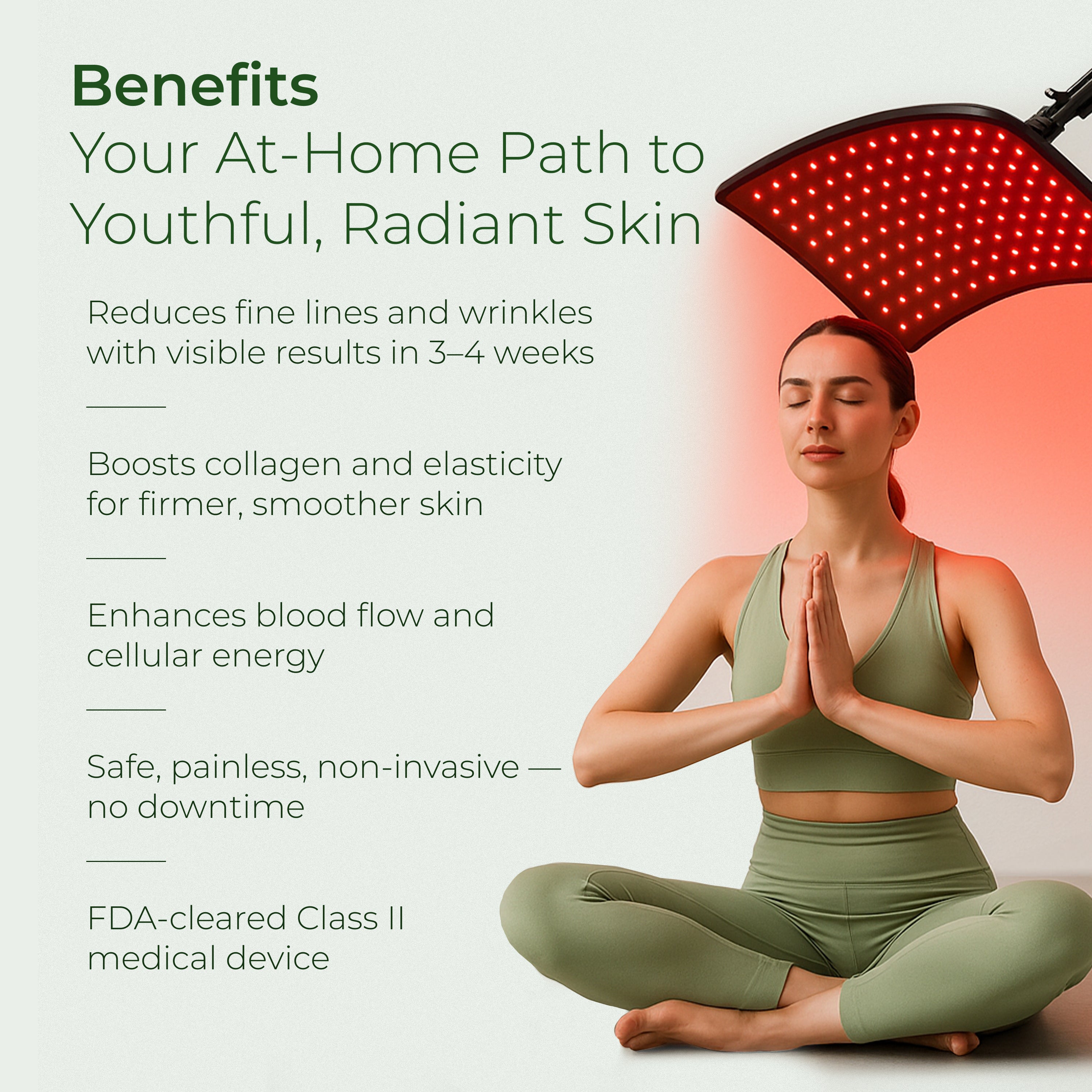
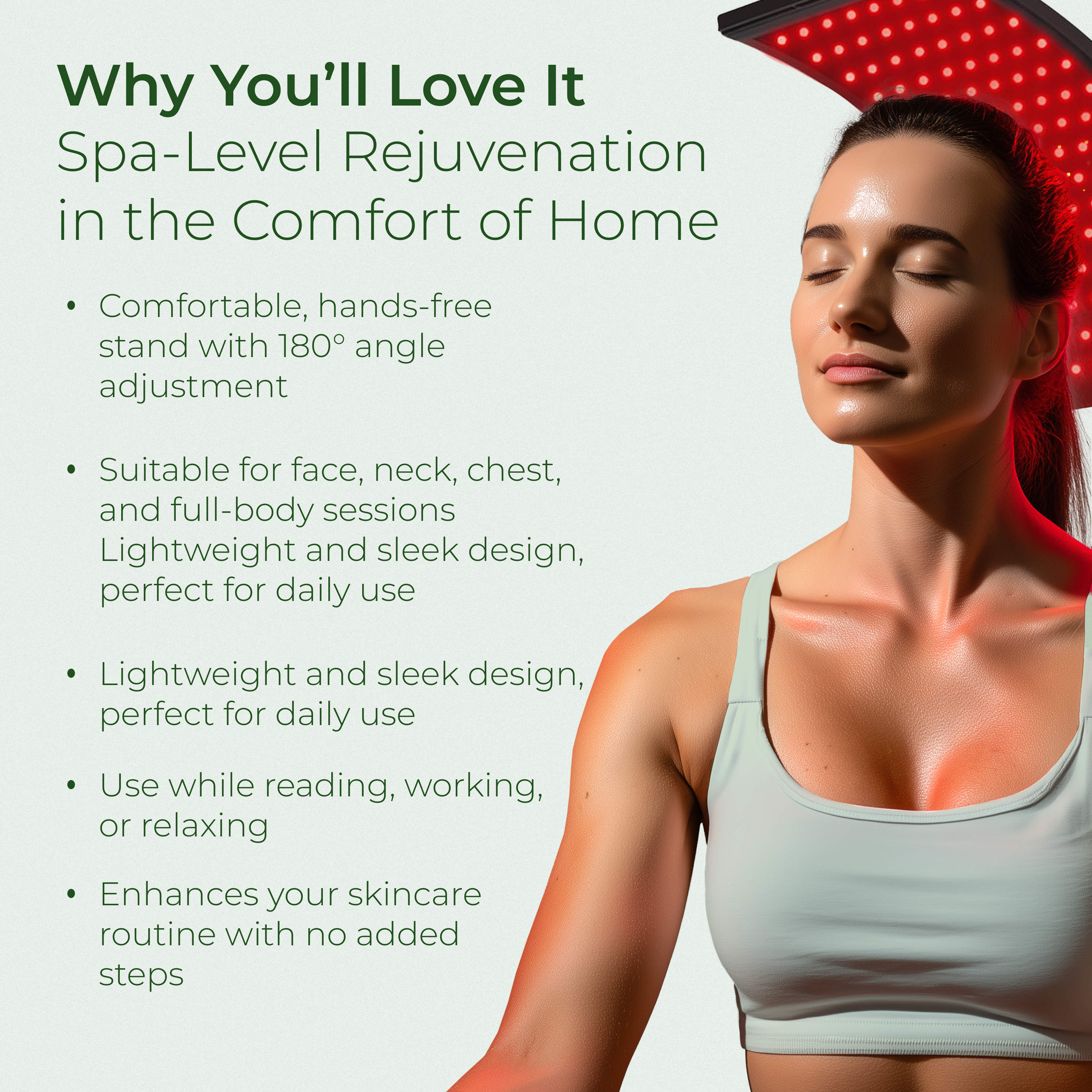
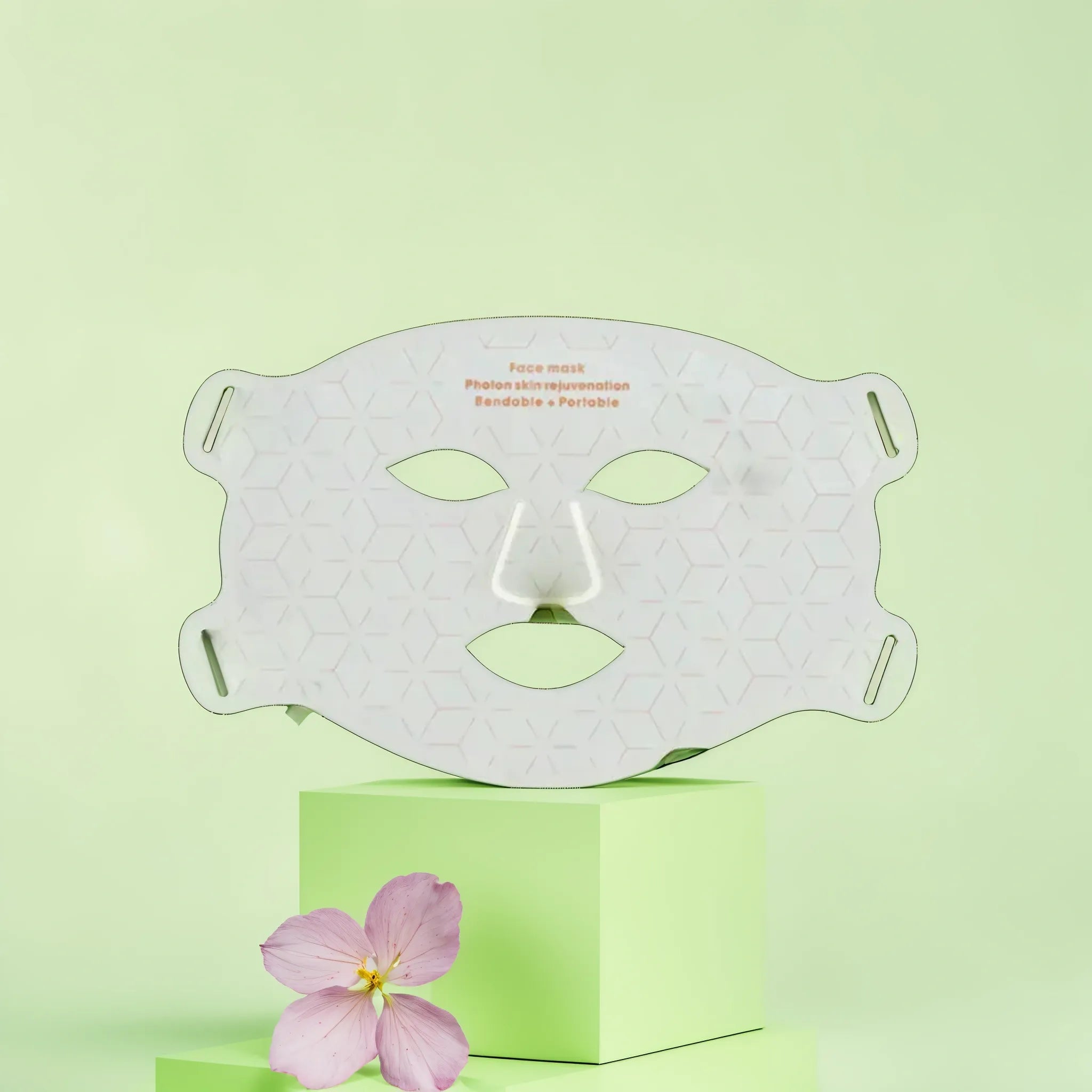
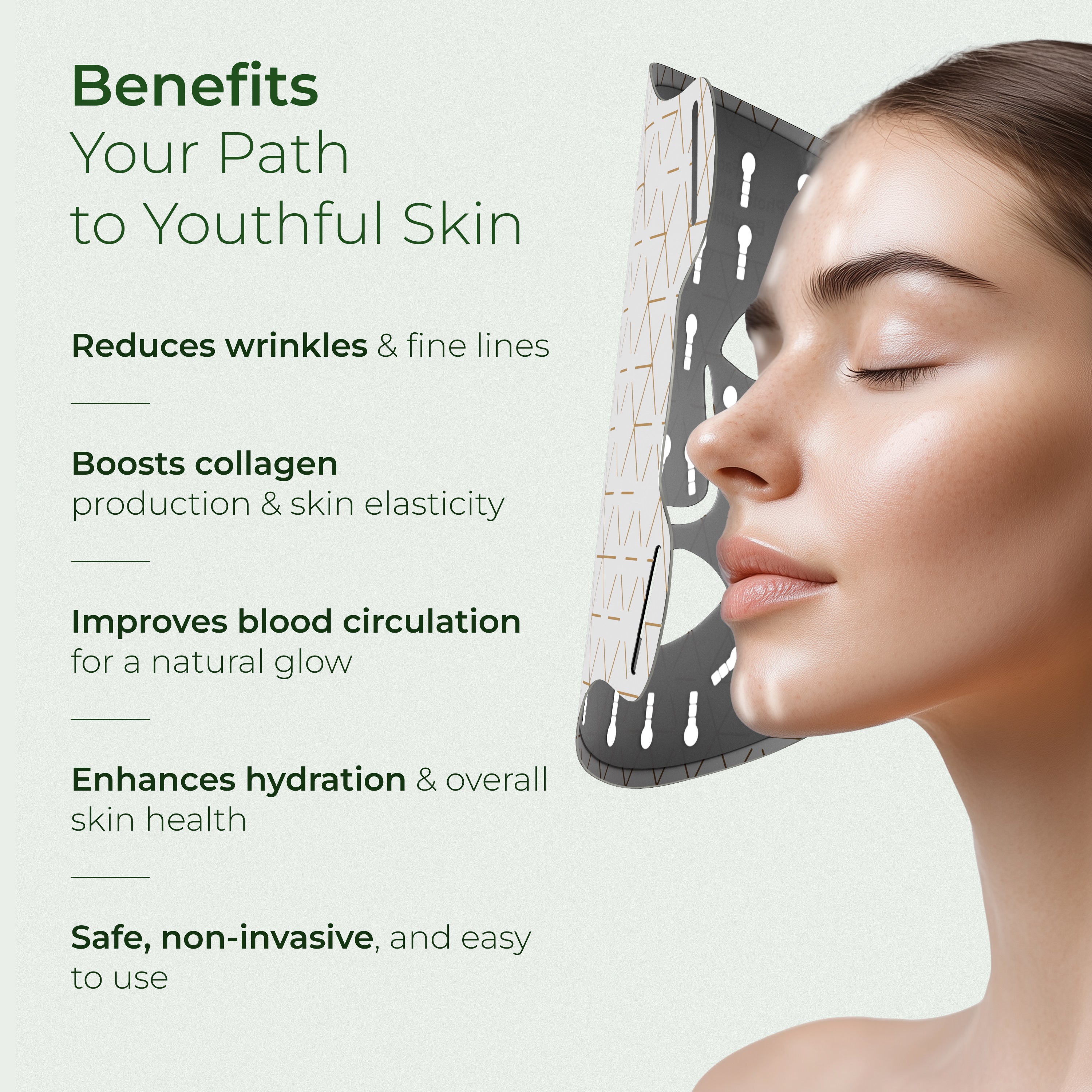


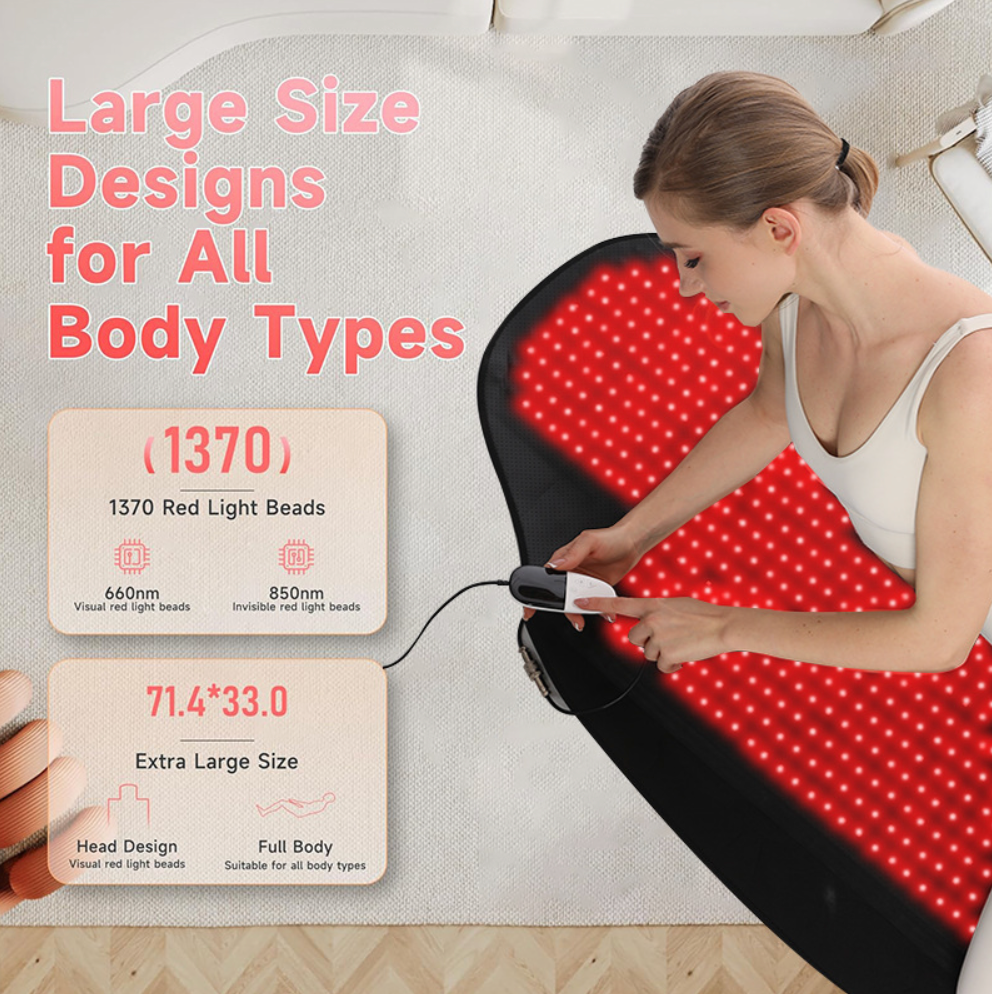
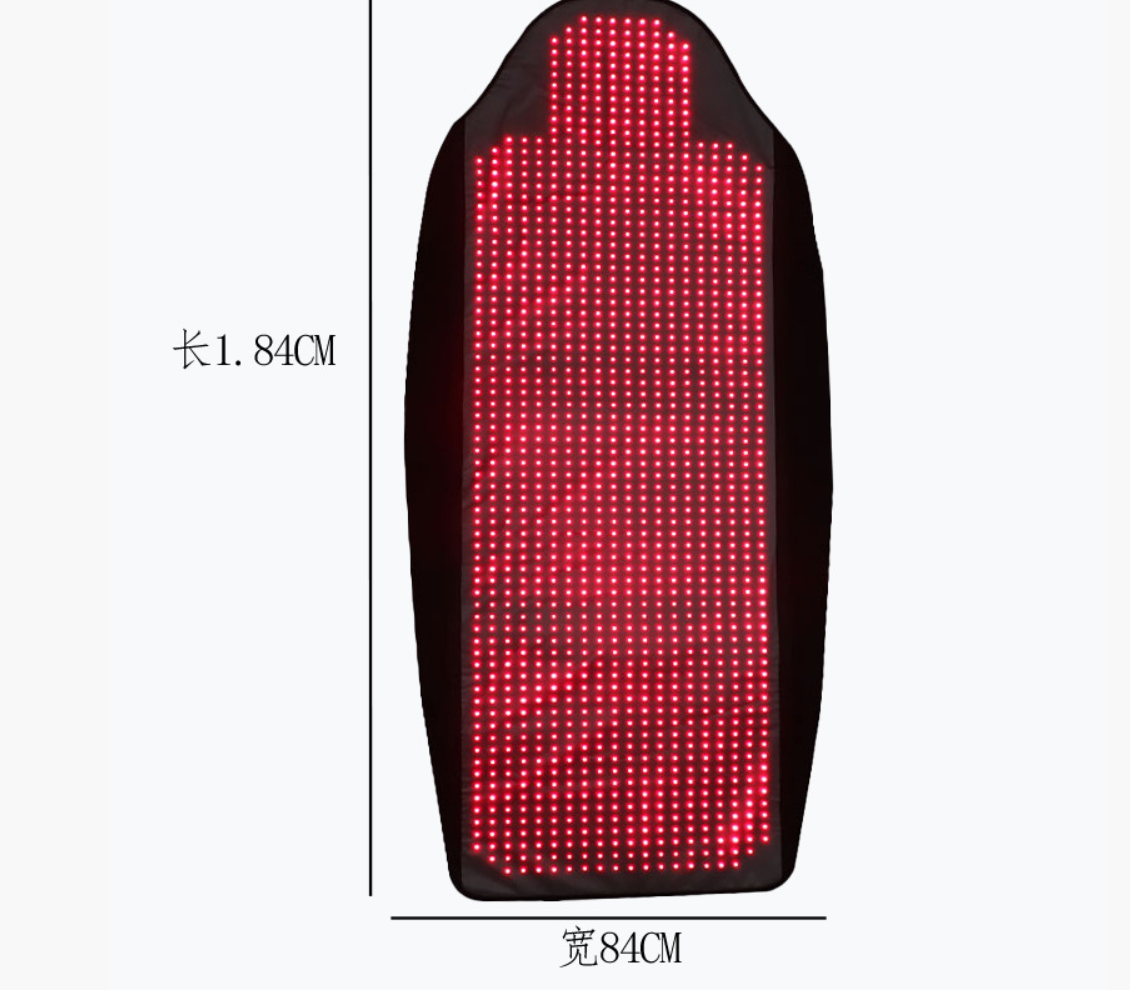

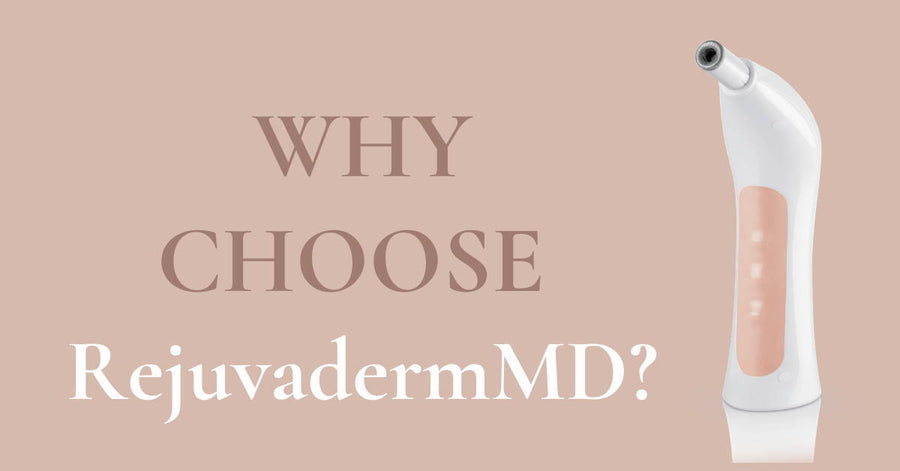
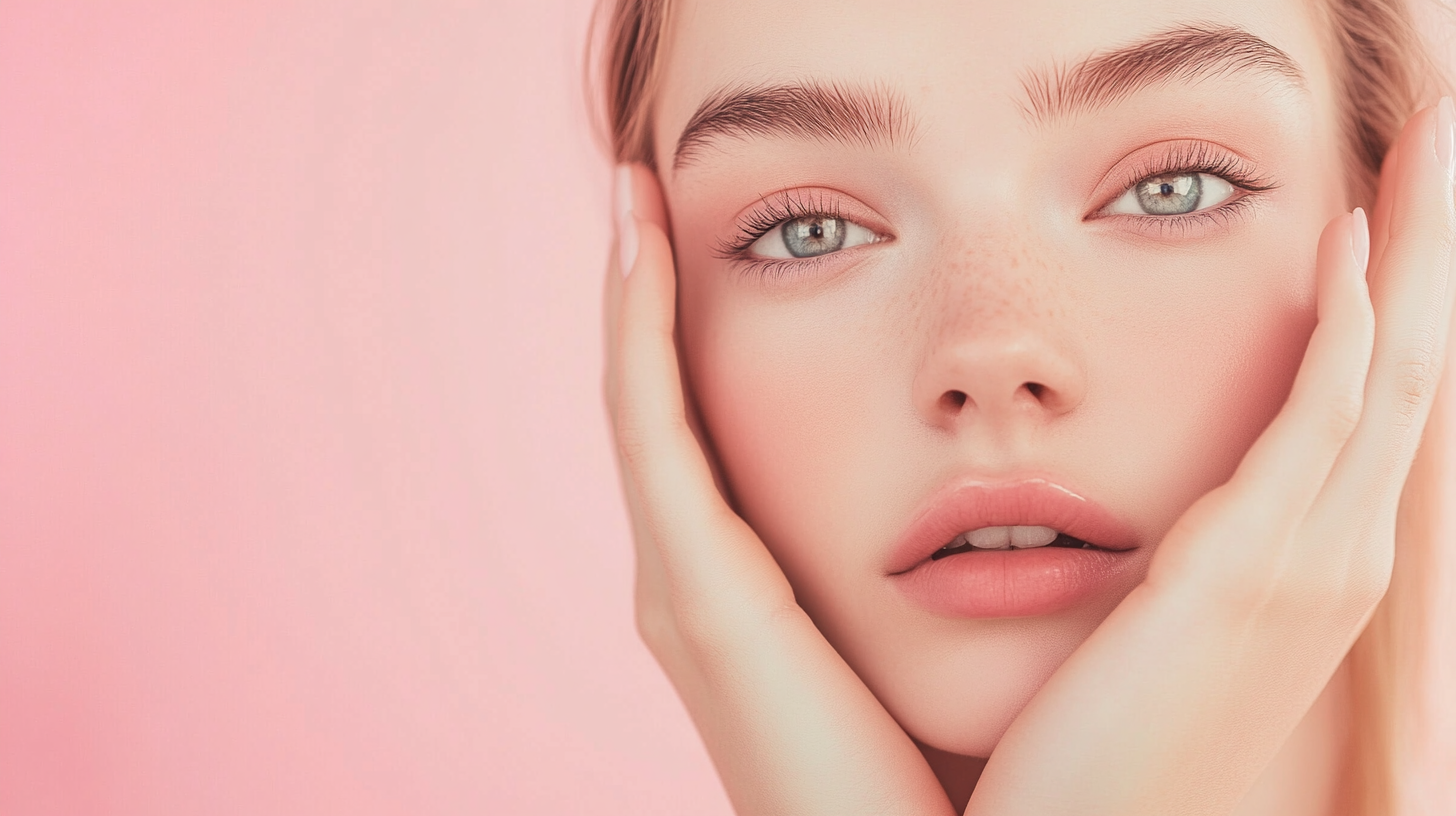
Laisser un commentaire
Ce site est protégé par hCaptcha, et la Politique de confidentialité et les Conditions de service de hCaptcha s’appliquent.